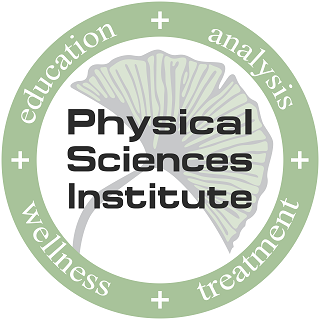Dial Down to Power Up with Tai Chi
According to the Harvard Medical School Guide to Tai Chi there now is a link between Eastern Medicine and Western Medicine that bridges the Eastern wisdom of Tai Chi with the scientific insights of the Western biomedical model.
Their text illustrates how tai chi can:
• Improve your balance
• Ease your aches and pains
• Strengthen your heart
• Deepen & enrich your breathing
• Sharpen your mind
Deepen and Enrich your breathing
The landmark Framingham Heart study followed 5,209 men and women for more than 20 years. At the beginning of the study, all participants underwent pulmonary testing which evaluated a key index of healthy breathing is called “Forced Vital Capacity” (FVC). FVC is simply the amount of air you can forcibly exhale from your lungs after taking the deepest breath possible. The study found FVC to be a very strong predictor of cardiovascular related death and disease.
Another study at the University of Buffalo followed 1,195 men & women for 29 years . In their study, they found a strong relationship between lung function and mortality rate using a measure called FEV1 – a measure of the maximal amount of air you can forcefully exhale in one second. The study found that lung function was a significant predictor of all-cause mortality, not just heart disease.
In summary, long before you become diagnosed with a serious illness, the health of your breath may predict your life span
Just as with other bodily functions, the efficiency of breathing and lung function declines with age. For example, shortly after we reach the age of 20 years, our FVC decrease 200 – 250cc every decade. You have all heard of the fight or flight response, In my last show, take back your back, I go through a neuroscience educational session describing it. Just by listening to this segment, it can decrease your low back pain. You may want to consider listening to it if you haven’t already.
Part of the fight or flight response is to begin shallow breathing, this is a great short term solution—but an extremely poor long term solution. It is not efficient for day in day out cardiovascular function, then throw in today’s stressful society stemming from real or perceived threats like:
• Bombardment of stressful daily news
• Issues at work
• Issues at home
These types of Threats can cause a continual fight or flight response and lead to chronic shallow breathing .
In the Harvard Medical School guide to Tai Chi, the author Peter Wayne gives an imagery exercise to help focus on breath
• He suggest to his students to imagine breathing in air from nature with qualities that give a greater sense of balance
• That is, if his students are sleepy or cold—he will ask them to imagine a warm sunny day near an ocean–breathing in sunshine filled air
• If his students are stressed or overheated—he will ask them to imagine walking around a calm and steady lake –breathing in cool air
Better breathing through tai chi
Diaphragmatic breathing massages your internal organs and body tissues. Don’t you feel better after a good massage? Do you think you would feel better if someone gave you a 5 minute massage every hour? You could give yourself an internal massage with diaphragmatic breathing.
Diaphragmatic breathing is associated with internal pressure changes, causing internal organs to be gently moved and massaged. Tai chi breath also increases torso flexibility—most likely from a less flexed spine. Slow diaphragmatic breathing can also improve lung efficiency—allowing more oxygen into your system.
It’s time for a paradigm shift- You need to master diaphragmatic breathing — using tai chi or another method –in order to minimize your risk of developing or worsening a chronic illness
